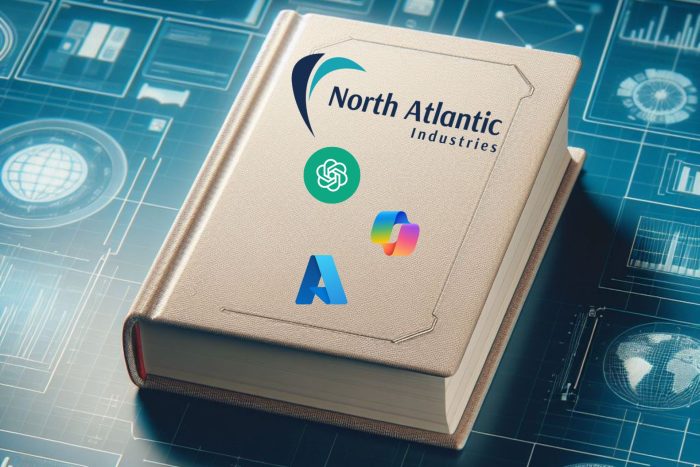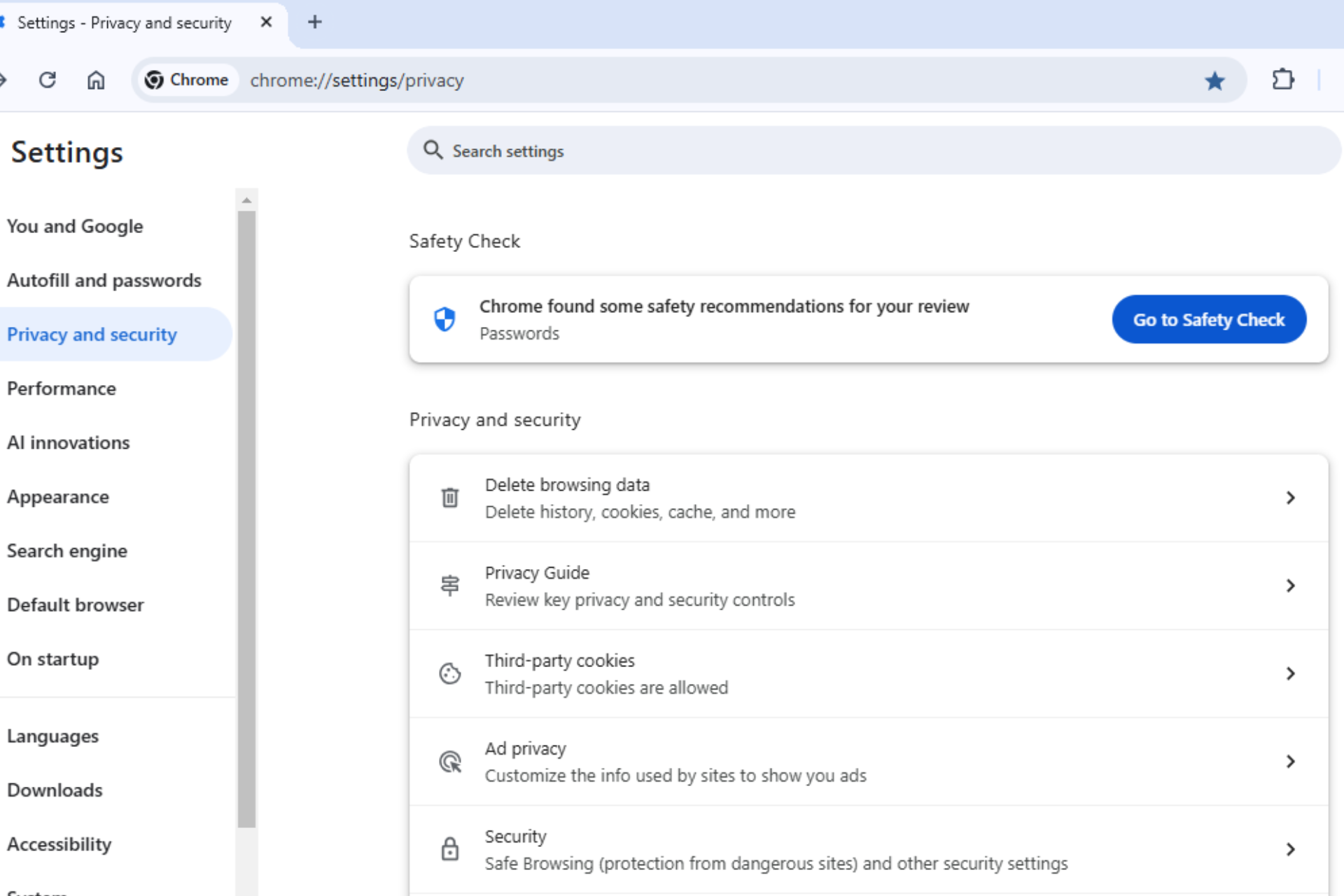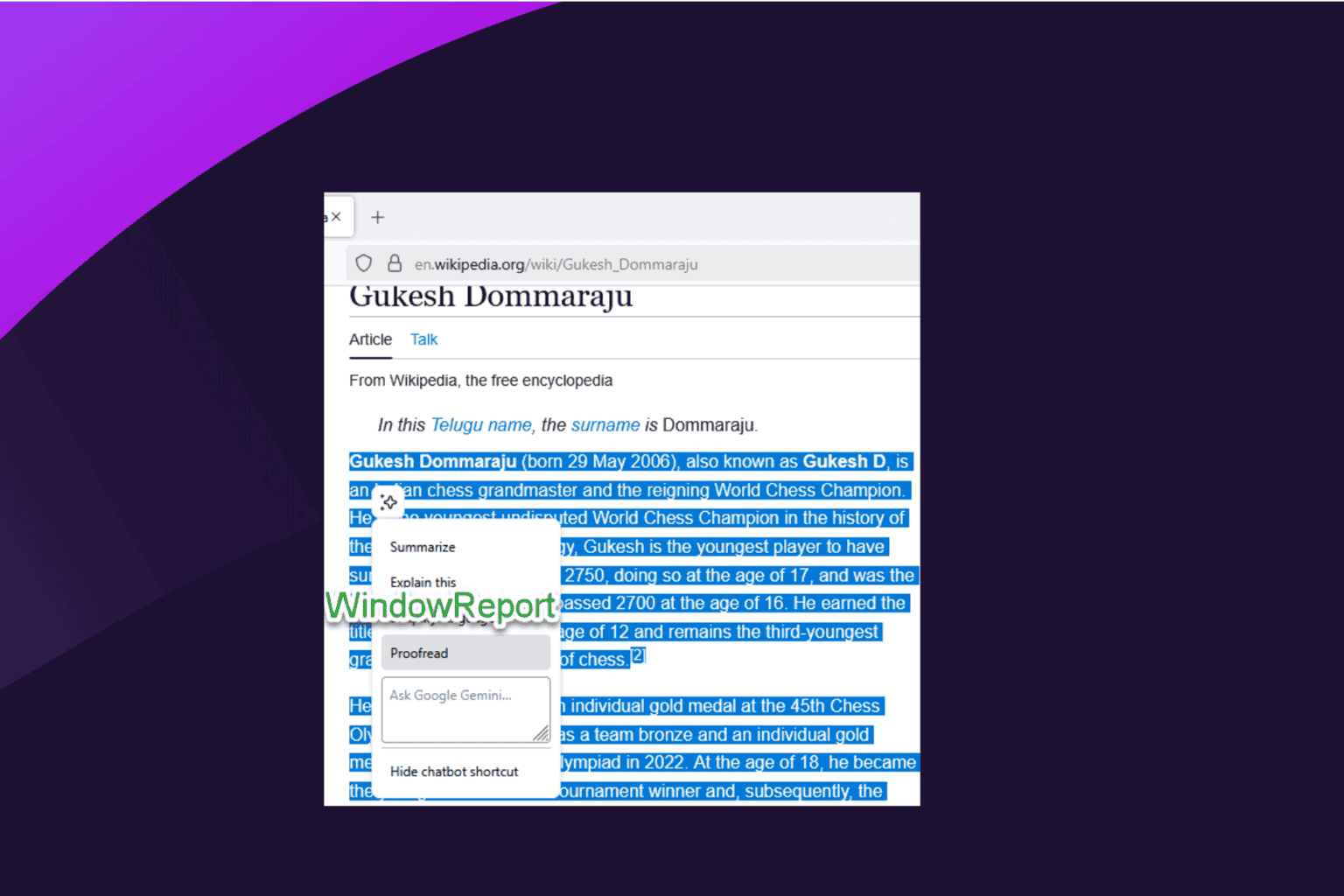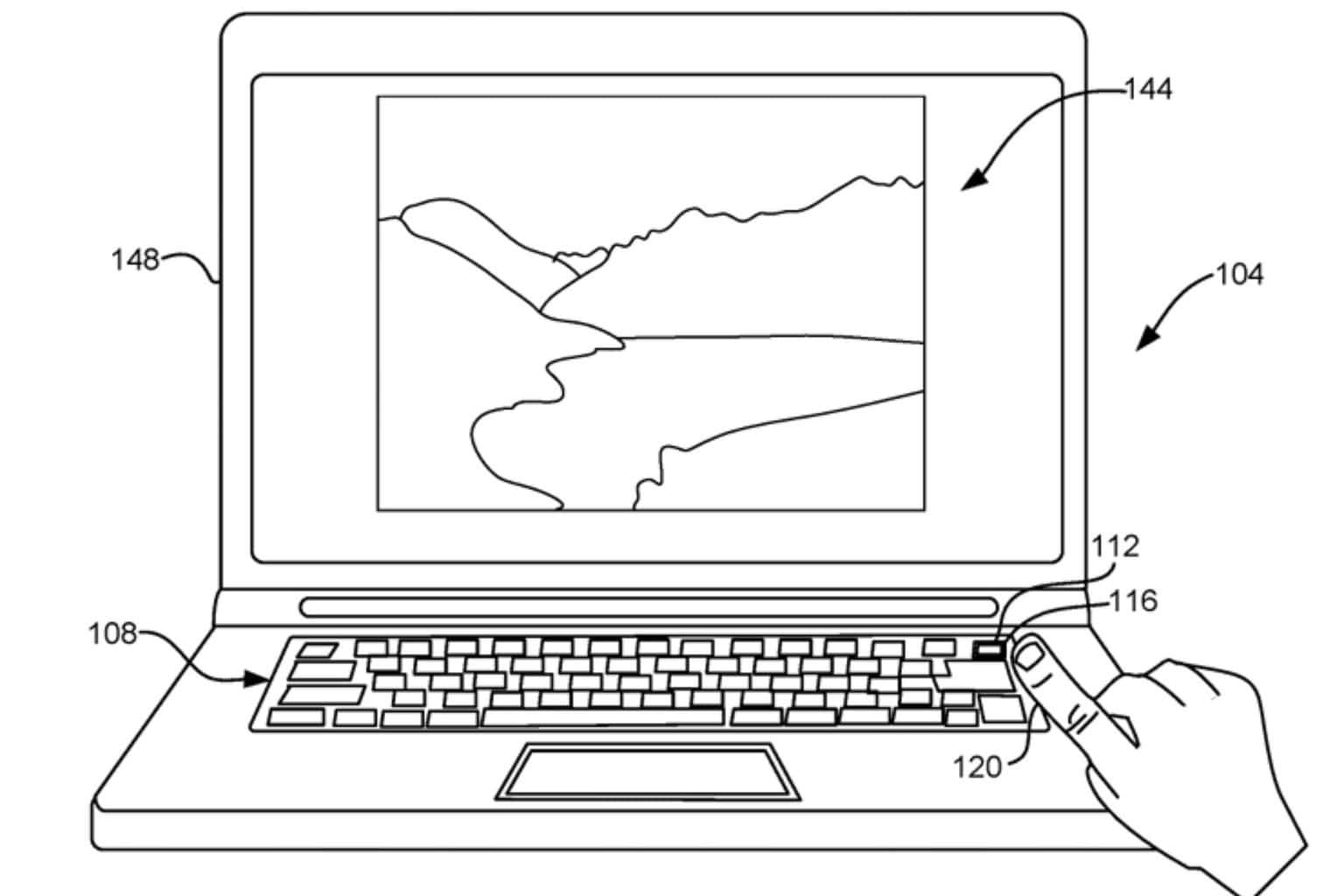NAI uses Azure OpenAI to create systems for most of its departments
The company gains millions in cost savings
3 min. read
Published on
Read our disclosure page to find out how can you help Windows Report sustain the editorial team. Read more

North Atlantic Industries (NAI) is a small company that builds rugged embedded computing solutions and power supplies for customers from Commercial Aerospace, Defense, and Industrial backgrounds. The company culture pushes employees to try new technologies to make better products and improve their work efficiency. That’s how NAI started using Azure OpenAI and various AI models.
NAI uses AI to automatize work
Initially, NAI engineers used AI to make their daily tasks more efficient. An opportunity came when they had to clean up a code base of over 100,000 lines written in C#. This process would take a lot of time and effort, but the employees found a way to use AI. NAI developed a program with the help of Azure OpenAI, which reads the code and writes comments for each function.
According to NAI’s Director of Workplace Technology, Tim Campbell, the company used Azure OpenAI because they were familiar with OpenAI. Another factor that influenced their decision is Microsoft’s determination to advance AI at a fast rate.
Azure OpenAI helped NAI to improve their practices and products, and they started a regular session with other companies in which they shared practices and ideas to improve other departments. The meetings brought together people from different business groups, such as sales, purchasing, program management, and manufacturing.
How did Azure OpenAI help NAI’s departments?
The engineering department needs to test its software thoroughly. This process takes time because the company develops products with 500 distinct functionalities, and manually testing them was inefficient. So, NAI engineers started using Azure OpenAI to identify missing unit test cases, and it reduced their manual work significantly. As a result, the team started using Copilot because it can write parts of the test code automatically.
Program managers from the sales department had to locate and reference past statements of work and client inquiries. They did this manually, and this was inefficient in the long run. So, now they use Azure OpenAI to perform that process in a shorter time.
NAI introduced a new experimental AI system to help employees deal with returned products (RMAs). It uses OpenAI to automate the categorizing process of RMAs. Soon, service technicians could start using this system to reduce the time and do less manual effort.
The NAI company plans to implement further AI systems using Azure OpenAI. For example, they want to create an AI-driven Microsoft Teams site with details and manuals about their products to answer questions about their tolerances and tests from the Microsoft Teams app. On top of that, the marketing team wants to add a customer-facing AI bot to their website to answer queries.
Ultimately, NAI keeps finding ways to successfully use Azure OpenAI to make work processes more efficient and less time-consuming. According to John Turk, the company gains 60-70% in time and efficiency and millions in cost savings. So, the company will most likely try the new Windows on Arm PCs from Microsoft.
Is your company using AI to help you work more efficiently? Let us know in the comments.








User forum
0 messages